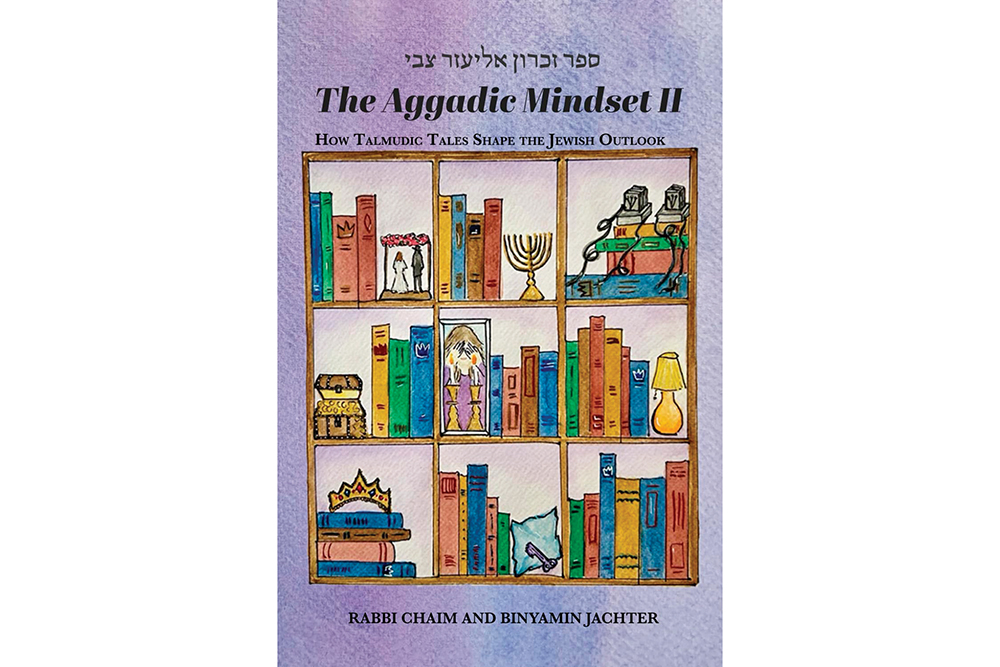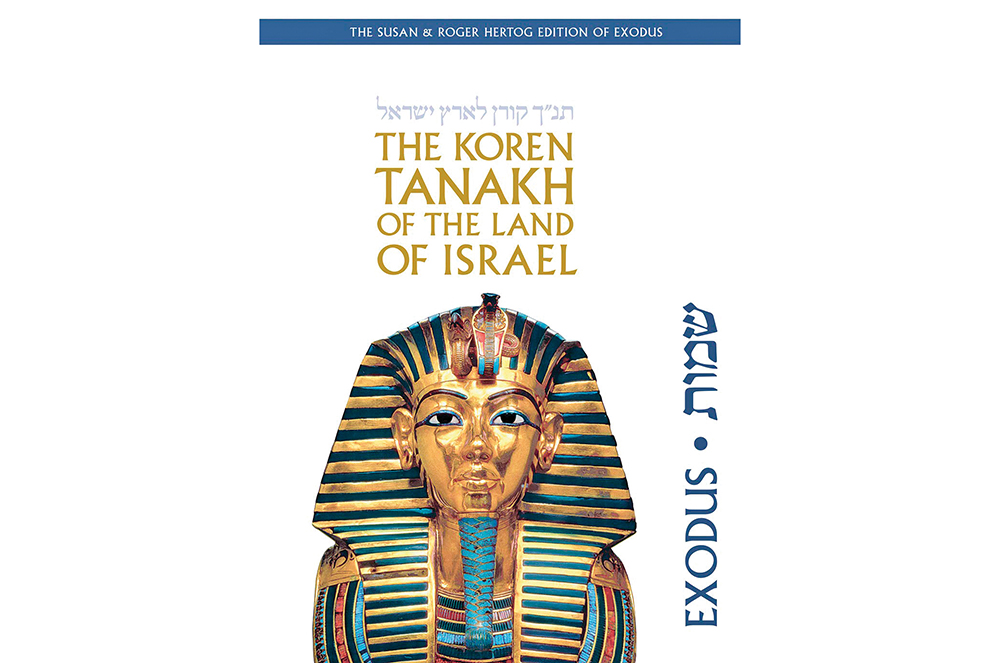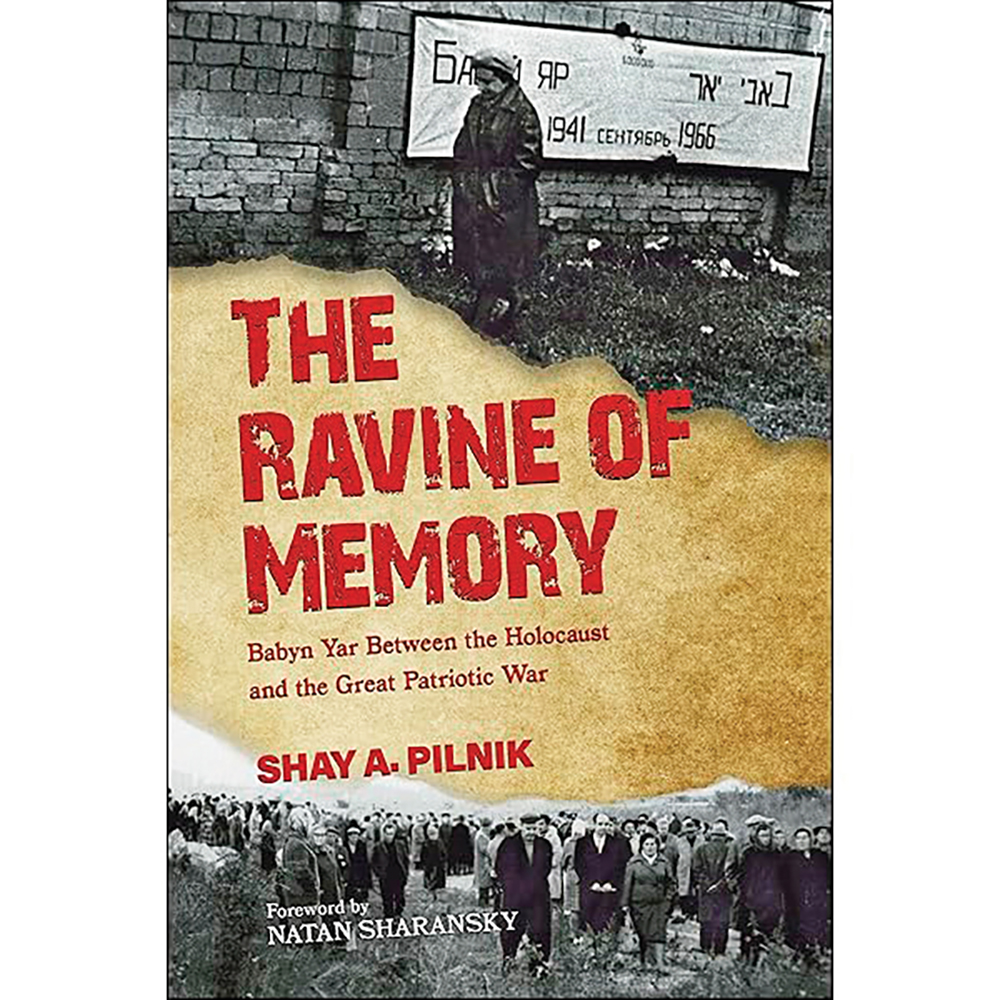As we prepare for the upcoming holiday, one name stands out above the rest: Chag Hamatzos. It may seem curious that matzah takes center stage in this celebration, especially since it’s seemingly a minor detail in a much larger story. While Chag HaPesach and Zman Cheirusanu capture the essence of the miracle—the Jewish people’s liberation from slavery—matzah should be seen as an afterthought. After all, it symbolizes the hurried escape from Egypt, a moment when there simply wasn’t time for the dough to rise, a mere detail in a story. So, why is the holiday named after it?
The Torah provides profound insight: “Ki v’chipazon yatzata m’mitzraim”—“because in haste you left Egypt.” This powerful phrase suggests that it’s not only the absence of time that matzah represents; it embodies the very nature of our rushed departure from Egypt. In our lives, we often hear the adage that growth is a gradual process: Don’t bite off more than you can chew, slow and steady wins the race. This is the traditional approach in serving God—taking on small commitments and gradually building upon them.
Yet, this incremental method can be limiting. Consider the Jews in Egypt; our rabbis teach us they were at the lowest spiritual level imaginable. A slow, step-by-step journey to freedom would have felt endless—perhaps even unattainable. The Torah reveals an alternative: a moment of inspiration that we must seize. “Ki v’chipazon yatzata m’mitzraim” reminds us that, in a single moment, we can achieve heights previously thought unreachable, but we must be willing to leap into the unknown.
So yes, matzah is significant; it represents the essence of our freedom—a bold leap of faith toward the impossible. However, this approach carries its own risks. When inspiration fades, we can easily slip back into our former selves. The Torah addresses this concern with “usfartem lachem m’macharat haShabbat,” instructing us to follow the first day of Pesach with Sefirat Haomer—a deliberate, thoughtful count: day one, day two, day three. Seizing the moment is powerful, but it must be followed by a strategic plan to ensure that the hard work continues to build on that momentum.
At Athletes For Israel, this message resonates deeply, specifically this week. Our relationship with Bruce Pearl is well-known, and these past few weeks have felt like our own chipazon moment. With every press conference and viral clip, we’ve witnessed the incredible platform that sports offers to engage those who might otherwise remain disengaged around Israel. The potential for sports to reshape the narrative around Israel has never been more evident—and more powerful.
And yet March Madness has concluded. The Bruce clips will fade, the old narratives around Israel on social media will return to the fore, and we’ll be back to playing defense, talking to an echo chamber—or the cycle of fighting with those whose minds we’ll never change. So, it’s time for our own Sefira—it’s time to engage intentionally and methodically on every level. God willing, next month, during Sefira, we will kick off our partnership with BYU, bringing their football captains to Israel for our inaugural football trip. This summer, we have plans for trips with professional athletes and additional college basketball teams. The work is just beginning, and we invite you to join us on this transformative journey. Together, we can turn fleeting inspiration into lasting impact; together we can leverage sports and the platforms it offers into a vehicle to drastically reshape our narrative.
Rabbi Aryeh Wielgus is the director of education, Athletes For Israel.












